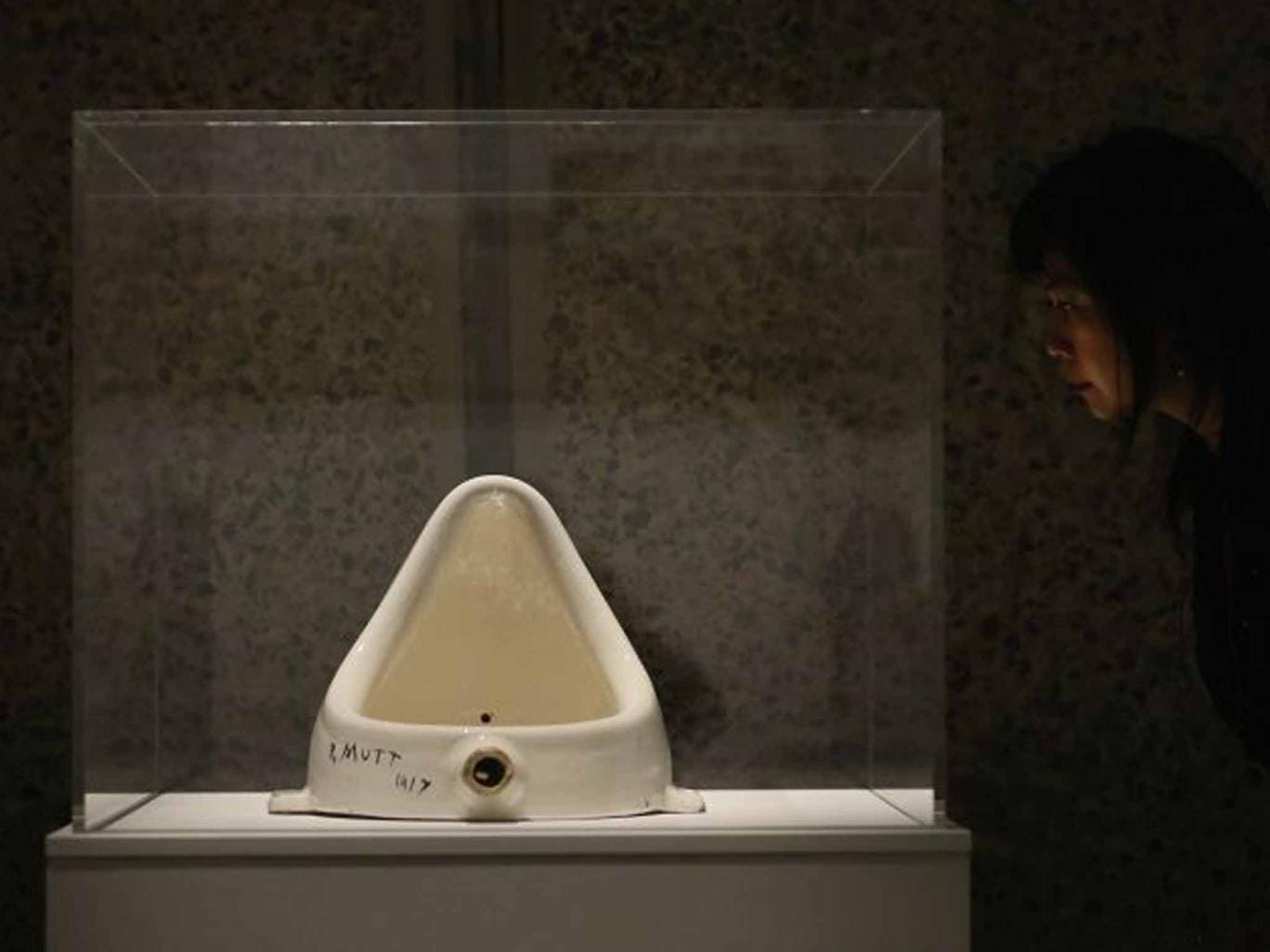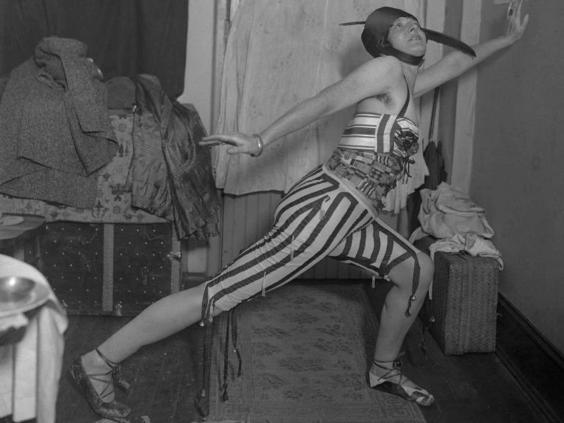Enduring Idea:
Rationale:
- Studying from Masters, and creating master copies is a traditional approach to understanding painting and drawing techniques.
- Appropriation or "stealing" is an essential idea and in post-modern art practice.
Artists/Artworks: Andy Warhol, Walter Keane & Margaret Keane, Pablo Picasso, Shepard Fairley, John Baldisarri, Sherrie Levine,
Key Concepts:
Where does originality come from?
How are ideas generated?
Essential Questions:
- How is copying, stealing, appropriating art?
- Where does a originality, or creativity come from?
- Can you own an idea or images
- Is appropriation ethical?
- Do Copyright laws inhibit or protect artists?
Instructional Plan:
1. MASTER COPY/FORGERY - Have students choose an artist. They will then try to create a "fake" painting by this artist. They will study the style of the work, the artist's process, subject matter, and historical context of the artist's works create a convincing forgery.
- What clues could you add to the painting to make it more convincing?
- What is the artists primary subject matter? What concepts does the artist primarily deal with, and how do they portray that in their work?
- What techniques does the artist utilize? - grid systems, under painting, layers, color palette, paint quality, composition
- What is the historical context of the piece? How can you distress, or age the work appropriately?
2. Show and tell the story of a few famous artists that "stole" throughout art history.
- Marcel Duchamp
 |
http://old.theartnewspaper.com/articles/Did-Marcel-Duchamp-steal-Elsas-urinal/36155
 |
- Pablo Picasso

http://i.dailymail.co.uk/i/pix/2014/12/15/2413349600000578-2875240-image-a-6_1418683430070.jpg
- Walter Keane
- Shepard Fairey
3. Review the Current Copy Right and Fair Use laws
4. Watch "steal like and artist"
http://austinkleon.com/tag/influences/
5. Create a artistic genealogy for yourself. What are your influences? What are your influences, influences?


